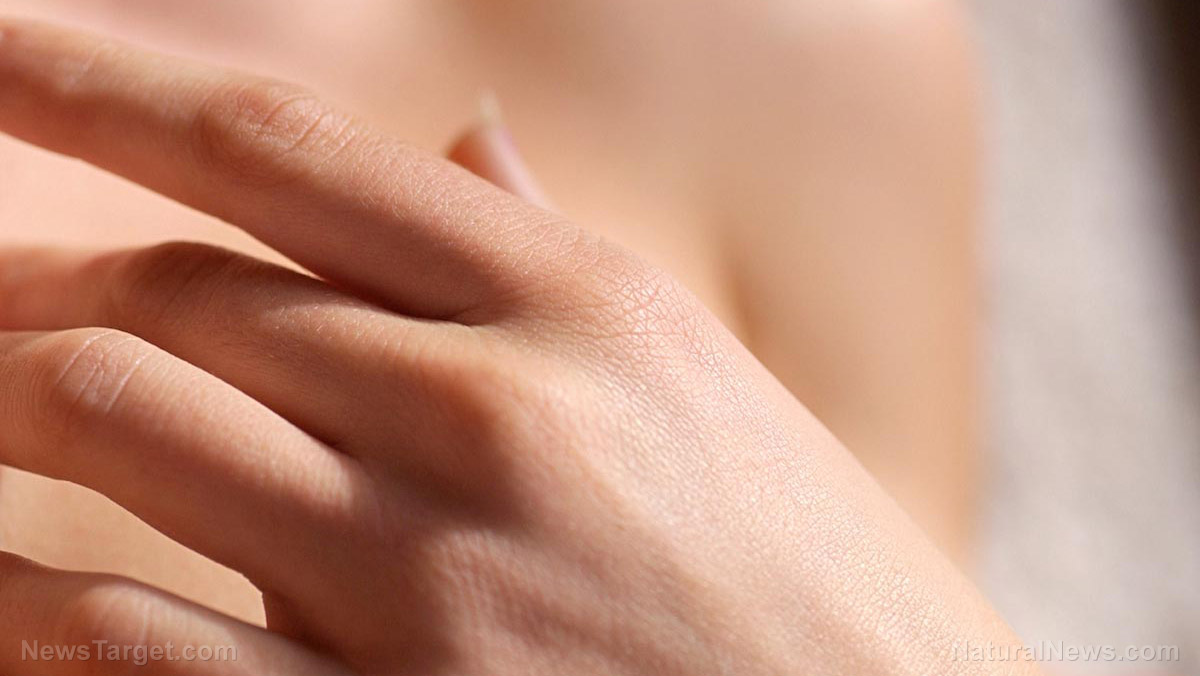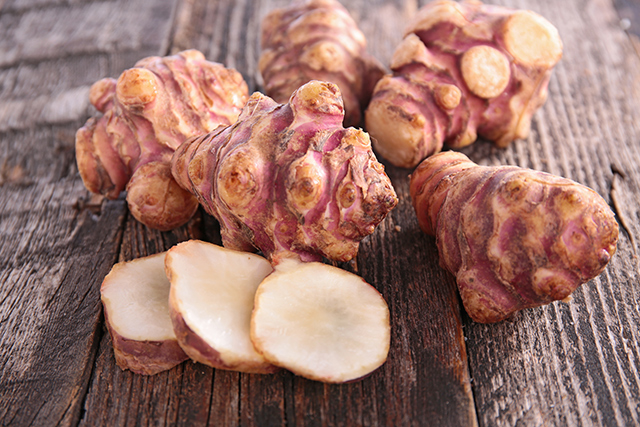Researchers discover how your skin regulates blood pressure and heart rate by changing temperature to alter blood flow
12/20/2017 / By Zoey Sky

A group of scientists from the University of Cambridge and Karolinska Institute in Sweden has revealed that our skin plays an important role when it comes to regulating blood pressure and heart rate.
Even though the discovery was made while observing mice, the researchers posit that the same also holds true for humans. The study shows that skin, our largest organ that covers two square meters in humans, aids in the regulation of blood pressure and heart rate, depending on changes in oxygen level of the environment.
High blood pressure is linked to cardiovascular disease like heart attack and stroke. In most cases, causes remain unknown. The condition is often associated with reduced blood flow through small blood vessels in the skin and other parts of the body, which is a symptom that might worsen should hypertension remain untreated.
Earlier studies determined that a tissue starved of oxygen – like when in areas of high altitude, or because of pollution, smoking, or obesity – blood flow to that tissue will increase. In these cases, the increase in blood flow is partly managed by the “HIF” (Hypoxia-inducible factors) family of proteins.
The team of scientists from Cambridge and Sweden looked into the role of the skin in the flow of blood through small vessels by exposing mice to low-oxygen conditions. The mice were genetically modified to make them unable to produce specific HIF proteins in the skin. (Related: 3 Miracle Ingredients You Need to Detox Your Skin.)
Professor Randall Johnson from the Department of Physiology, Development, and Neuroscience at the University of Cambridge said, “Nine of ten cases of high blood pressure appear to occur spontaneously, with no known cause. ” He continued, “Most research in this areas tends to look at the role played by organs such as the brain, heart, and kidneys, and so we know very little about what role other tissue and organs play. Our study was set up to understand the feedback loop between the skin and the cardiovascular system. By working with mice, we were able to manipulate key genes involved in this loop.”
Based on the results of the study, the loss of the HIF proteins or other proteins used in response to “oxygen starvation in the skin,” displays a significant change when this process starts and its duration.
First author Dr. Andrew Cowburn, who is also from Cambridge, explained that the results imply that our skin’s response to low oxygen levels could be linked to how the heart pumps blood around the body. Cowburn hopes that their study can be used to learn more about how the body’s response to similar conditions can increase our risk of, and maybe even cause hypertension.
Professor Johnson concluded, “Given that skin is the largest organ in our body, it perhaps shouldn’t be too surprising that it plays a role in the regulation of such a fundamental mechanism as blood pressure. But this suggests to us that we may need to take a look at other organs and tissues in the body and see how they, too, are implicated.”
Natural remedies for dry skin
Now that a link between skin, blood pressure, and heart rate has been established by this study, consider these natural remedies for dry skin:
- Olive oil cleanser – You can use olive oil as a natural cleanser and moisturizer. Rub the oil into your skin and out a warm, damp cloth over your face until it cools. Wipe away the excess oil.”
- Avocado mask – Make a homemade avocado mask to soothe dry skin. Puree half an avocado and mix it with a teaspoon of olive oil. For very dry skin, add a tablespoon of honey. Apply the mask to your face, and leave it on for 15 to 20 minutes, then wash it off.
You can read more articles about other natural remedies at Healing.news.
Sources include:
Tagged Under: blood flow, blood pressure, cardiovascular disease, discoveries, heart rate, high blood pressure, research, Skin




















